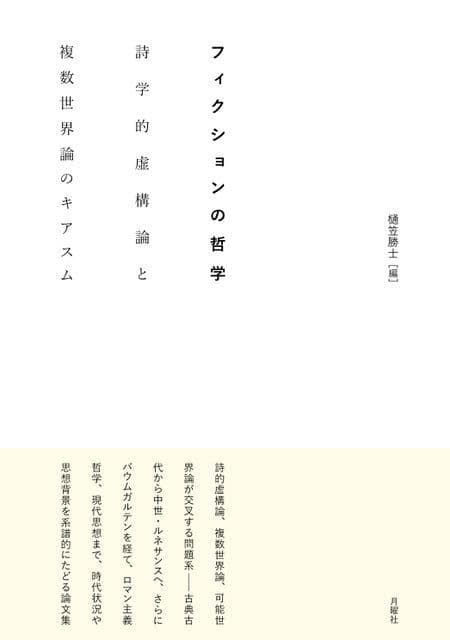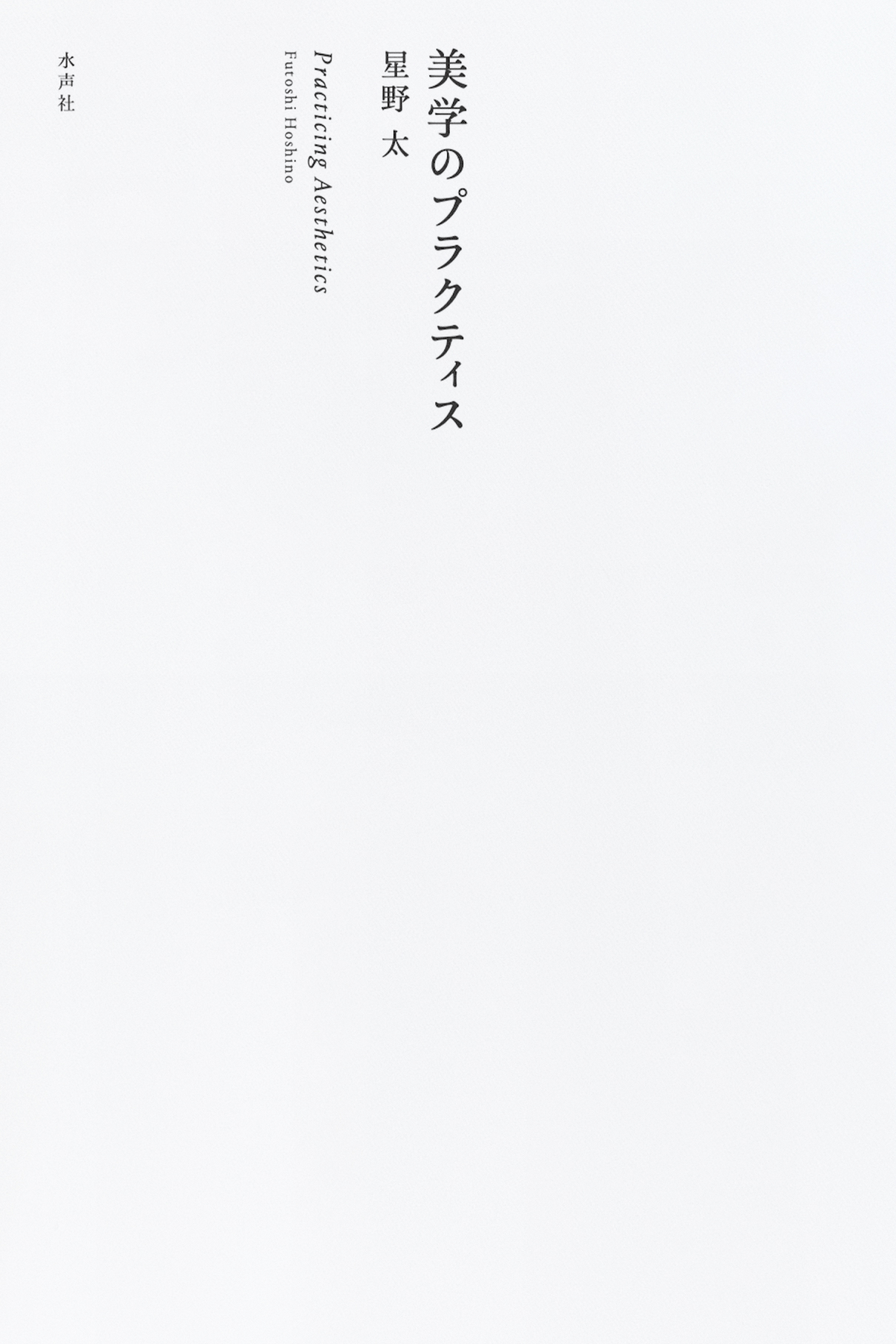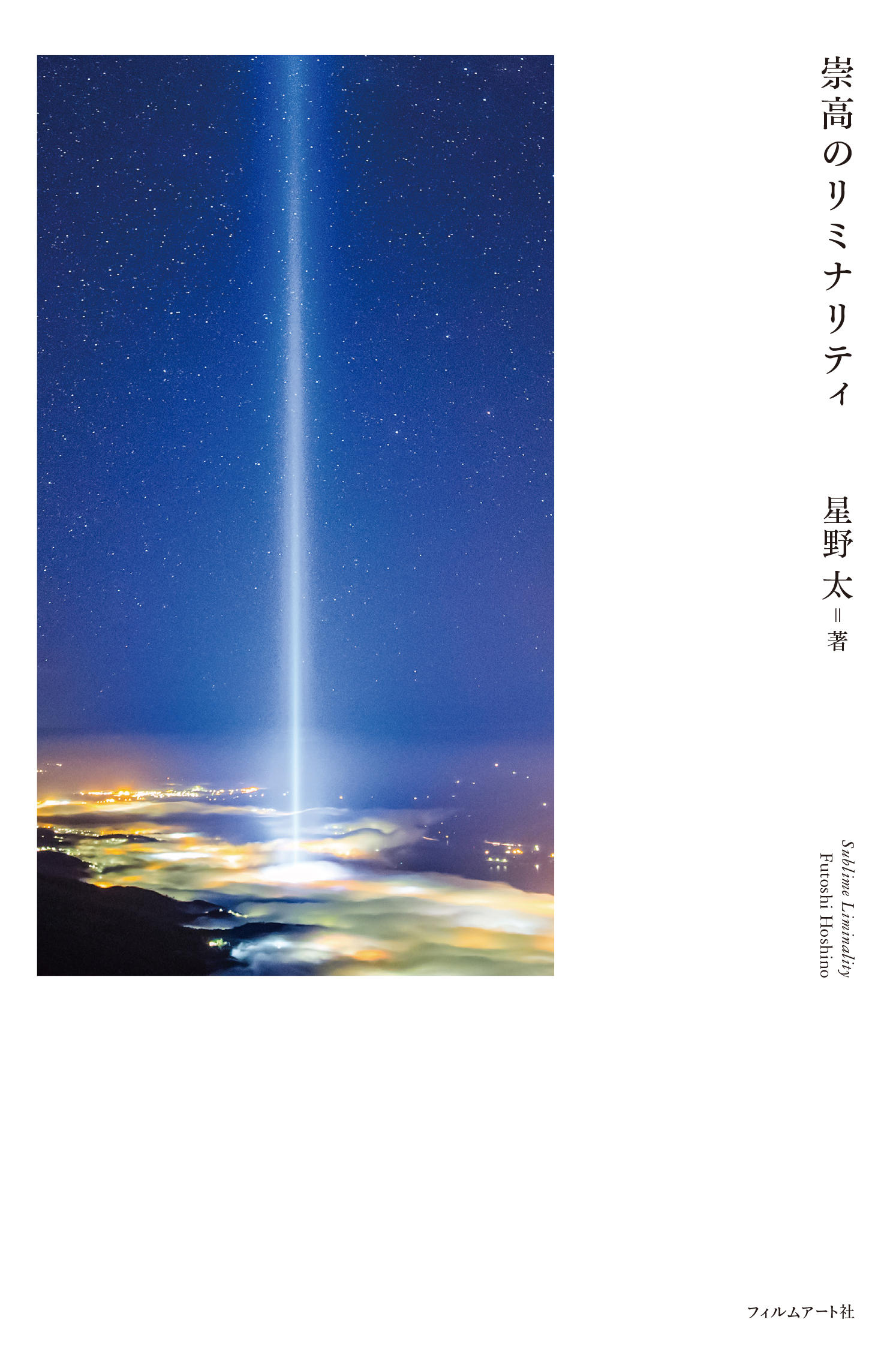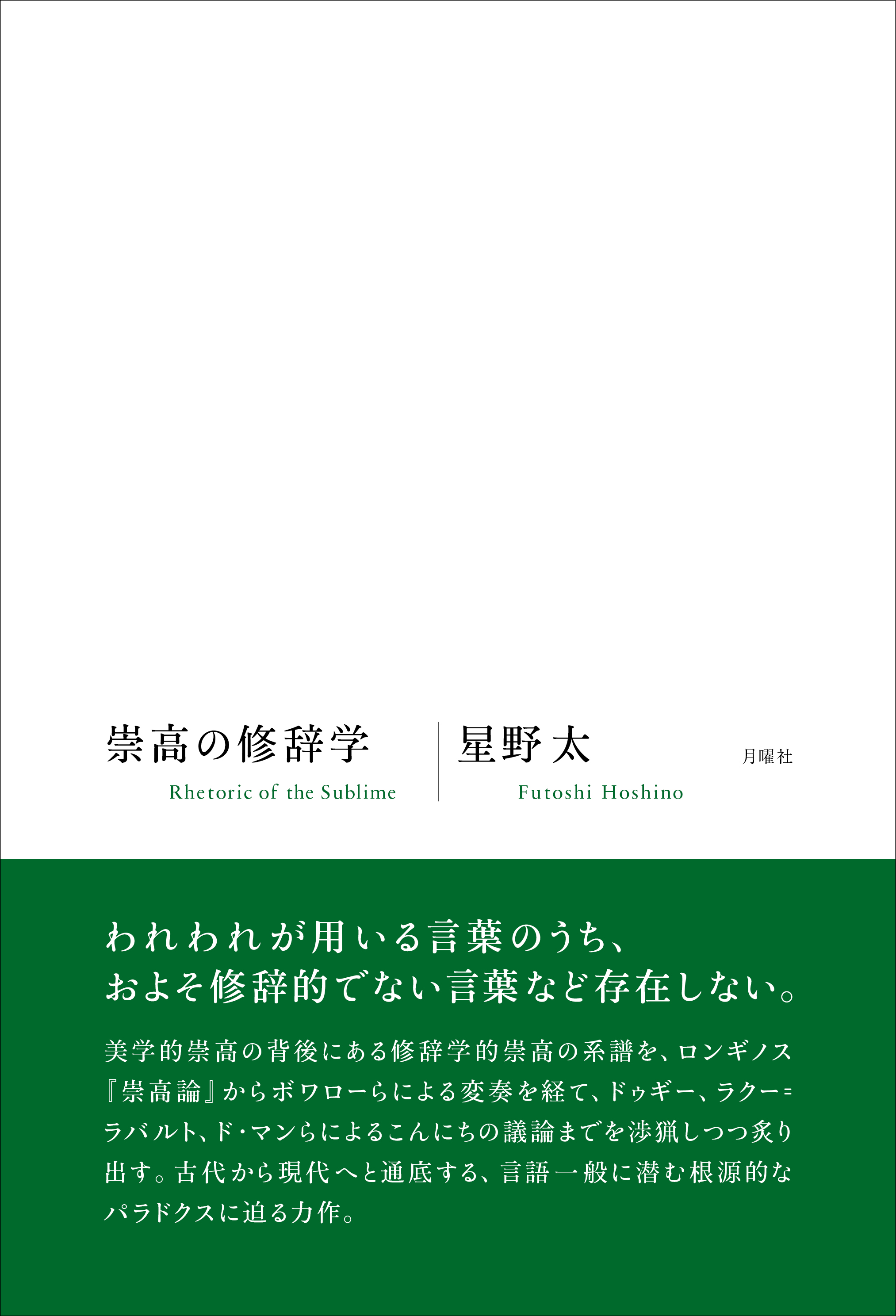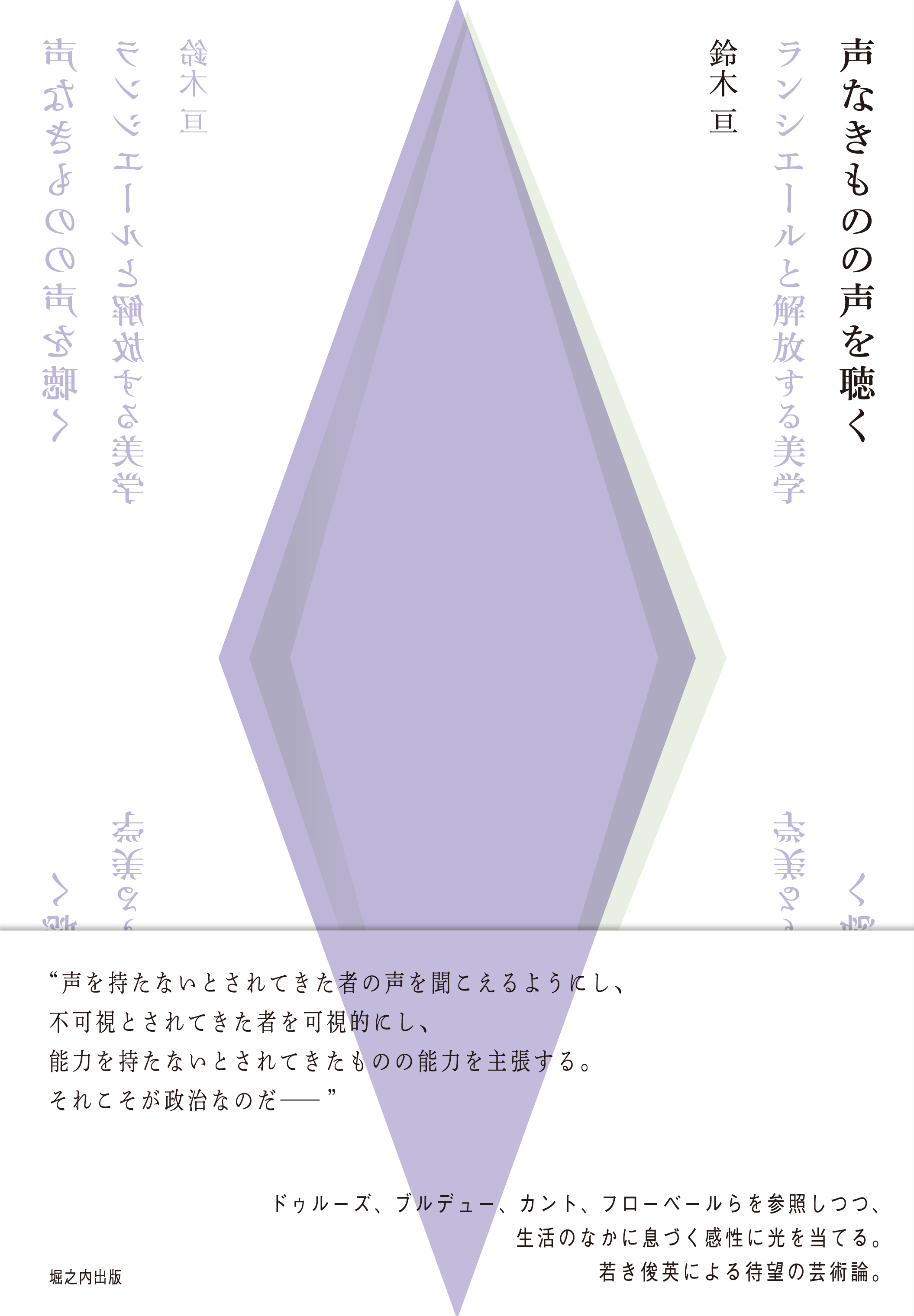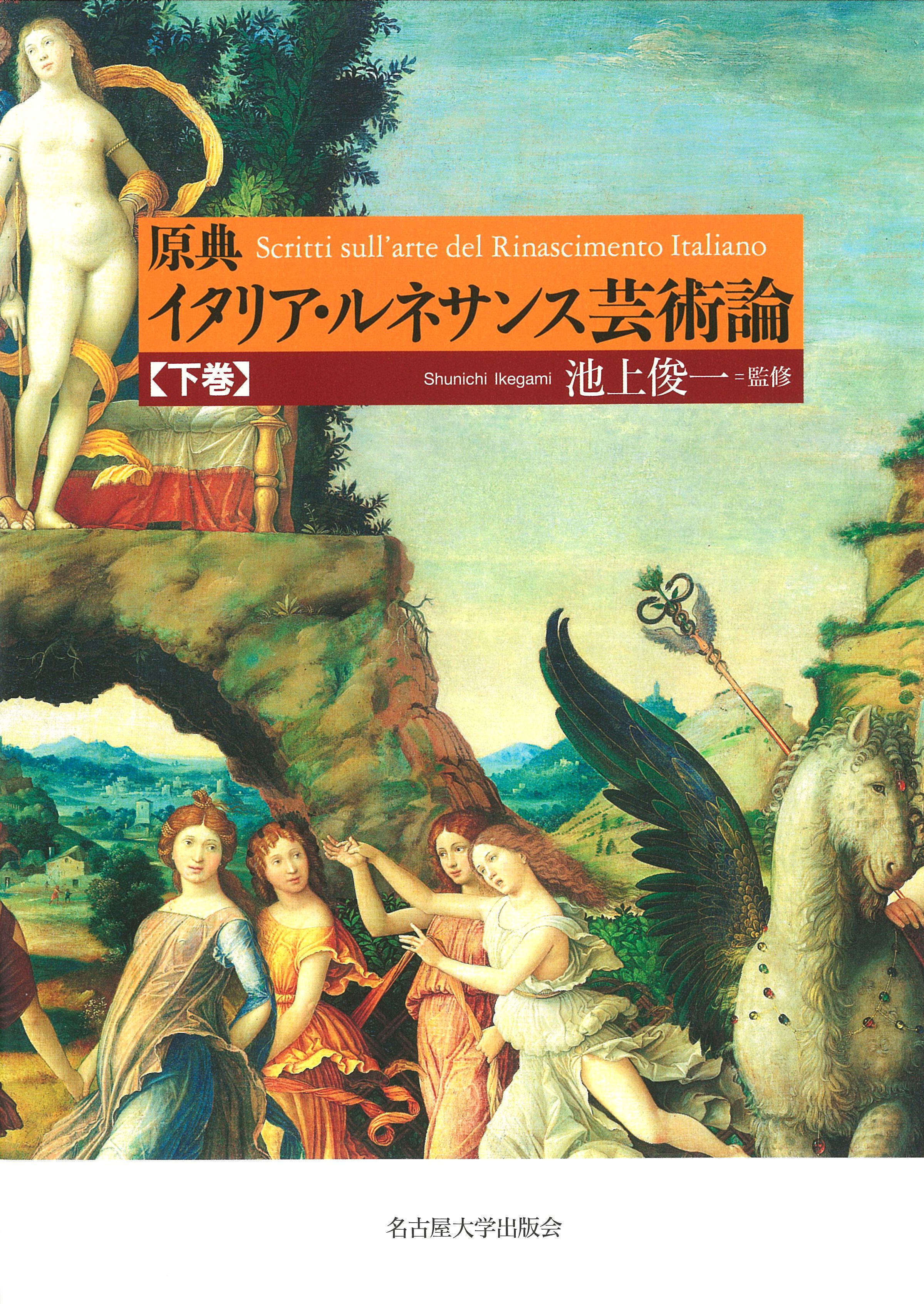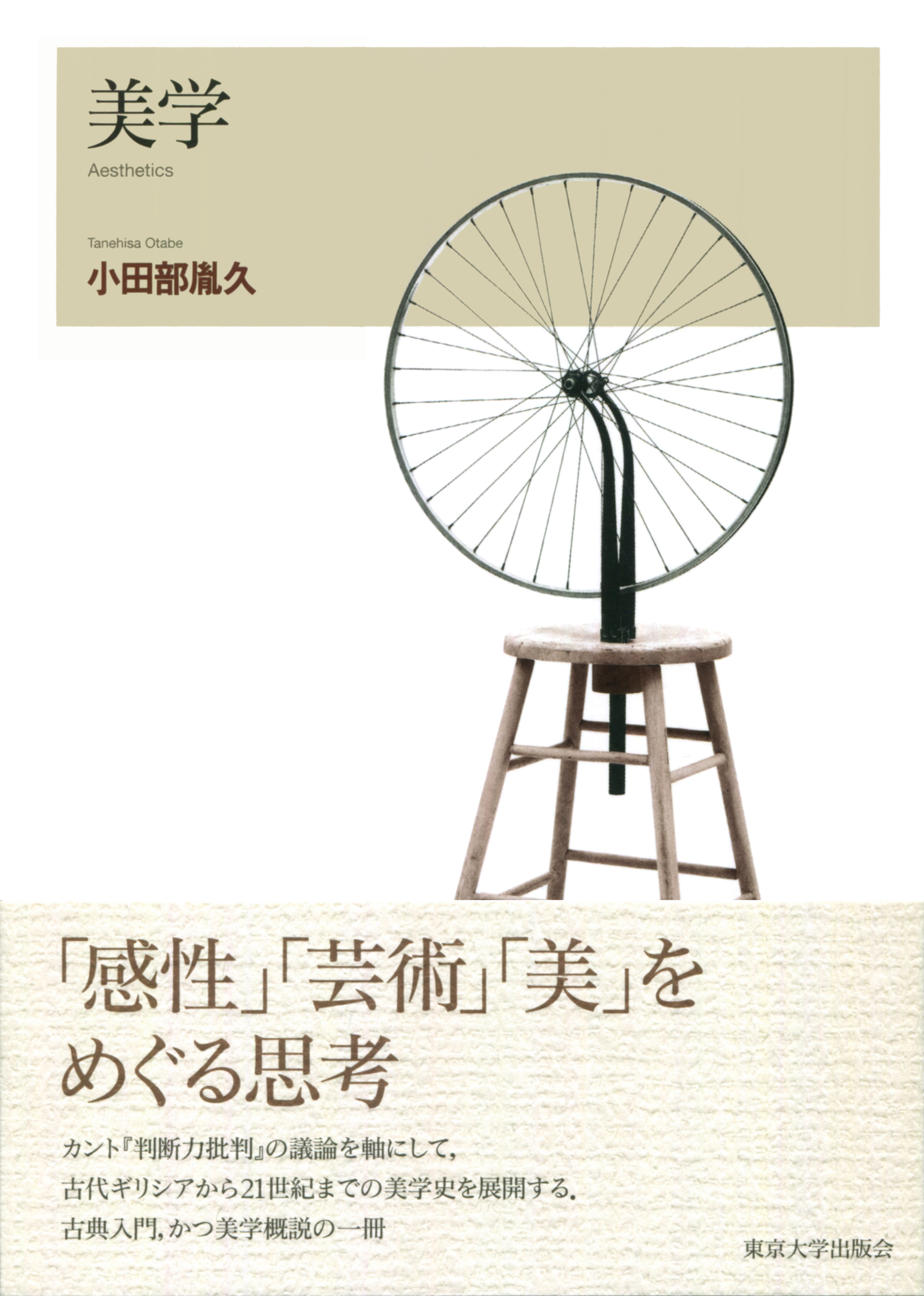
Title
Bigaku (Aesthetics)
Size
480 pages, A5 format
Language
Japanese
Released
September 10, 2020
ISBN
978-4-13-012064-7
Published by
University of Tokyo Press
Book Info
See Book Availability at Library
Japanese Page
When I was a student, I was told that the best introduction to a humanities discipline was not introductory texts or general overviews written in an easy-to-understand language but rather classics. Today, even after 40-odd years, I agree with this view. Most experts of aesthetics would likely agree that the classic among the classics of aesthetics is Kant’s Critique of the Power of Judgment (1790) (hereafter, The Third Critique)—especially its first part entitled “The Critique of the Aesthetic Power of Judgment.” That said, many of those who start reading the work, which is famous for its abstruseness, are not likely to finish it. Even if you manage to get through it, there is a good chance that you will come away disappointed and unsure of what you have read (this was the case with me as well).
My aim in writing this book is to invite readers to explore aesthetics itself through a detailed reading and interpretation of The Third Critique. This is the first such attempt either in any language.
The book comprises 10 chapters that directly correspond to the structure of the first part of The Third Critique. Each chapter is divided into three sections—A, B, and C. In section A, I reconstruct Kant’s argument as clearly as possible so that any reader can follow it; however, what I present is neither a summary nor an accepted opinion of the argument. Reconstruction of Kant’s argument first requires interpretation—I have made a concerted effort to highlight the logical development of The Third Critique, which is quite difficult to understand after just one reading. I highly recommend that readers refer to the original text or the Japanese translation of The Third Critique while reading this book. In section B, I trace back to the various points in question and concepts introduced in section A to provide a historical background for Kant’s argument. Conversely, in section C, I go forward in time to focus on how his argument has been passed down or developed further up to the end of the 20th century or, depending on the chapter, up to the 21st century.
In each chapter, the three sections form a multilayered network. To date, no introductory book on the humanities has been written with such a structure (in any discipline). I adopted this approach to answer the fundamental question of the humanities—how can classics be given new life in the present day?—concretely, albeit in the limited area of aesthetics. Each chapter and its subsections have been written such that they can stand on their own so that readers can jump to different parts of the book. I invite readers to explore the labyrinth called aesthetics and move freely between topics that pique their interest by using a somewhat unusual table of contents. The cover image, Marcel Duchamp’s (1887–1968) Bicycle Wheel, is connected to The Third Critique and was not selected simply to draw the readers’ attention.
(Written by OTABE Tanehisa, Professor, Graduate School of Humanities and Sociology / 2021)



 Find a book
Find a book


 eBook
eBook
